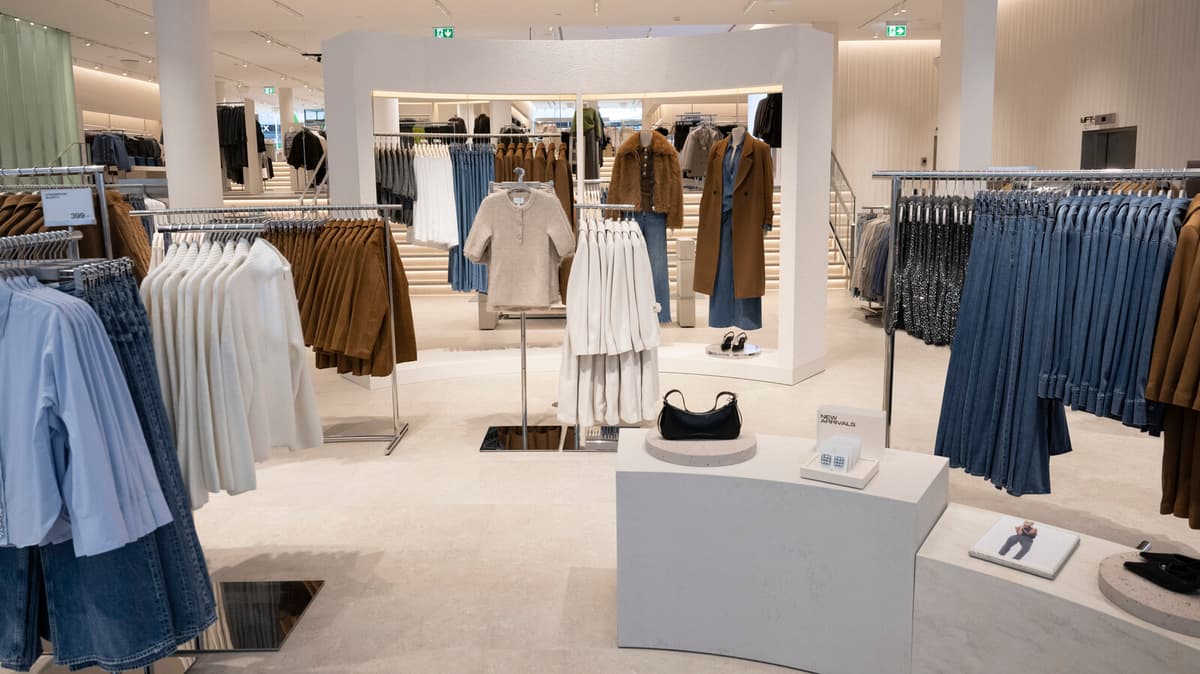Over a year into his tenure as CEO of the clothing company, Daniel Ervér has now presented what is perhaps the weakest quarterly report during his time as CEO.
The company's operating profit for the period from December 1 to February 28 landed at over 1.2 billion kronor, far from the market's expected image (1.9 billion). Another major problem is the company's operating margin. 2.2 percent was also significantly below market expectations and can be compared to 3.9 percent during the same period the previous year.
It's external factors that are going against us. It's freight costs, but also exchange rate fluctuations. We have invested in customer offers, including lowering prices, and that has a total impact. Then we are not satisfied with the result development, says Ervér to TT.
Temporary factors
According to H&M's CEO, many factors are temporary and will have a less negative effect during the second quarter.
It's freight prices that are going down, exchange rates that are neutralizing, we are working closer with our suppliers, so the conditions are that the second quarter will be better than the first, he says.
From a market perspective, however, there has been skepticism towards H&M for a longer period. On the Stockholm Stock Exchange, the share has lost over 11 percent since the turn of the year and, in a one-year perspective, is one of the absolutely worst-performing companies on the OMXS30 list in terms of stock price.
To the tough start that Daniel Ervér has had in his position, another challenge can now be added, President Donald Trump's trade tariffs.
We are a global company, so trade barriers have an impact on us, although to a lesser degree. In the case of the USA, it has had an impact, and there we are working continuously to handle this, he notes.
Changed price situation
According to Ervér, it's about seeing how the price situation changes, and which supplier markets the company will use.
Some production in Asian countries we can move, some not, and then we have to look at the price situation, he says.
Trade barriers will be paid by the customer at some point, so we follow how our competitors are acting. Then we try to use the flexibility in our supplier chains and choose markets that are not affected by the tariffs.





